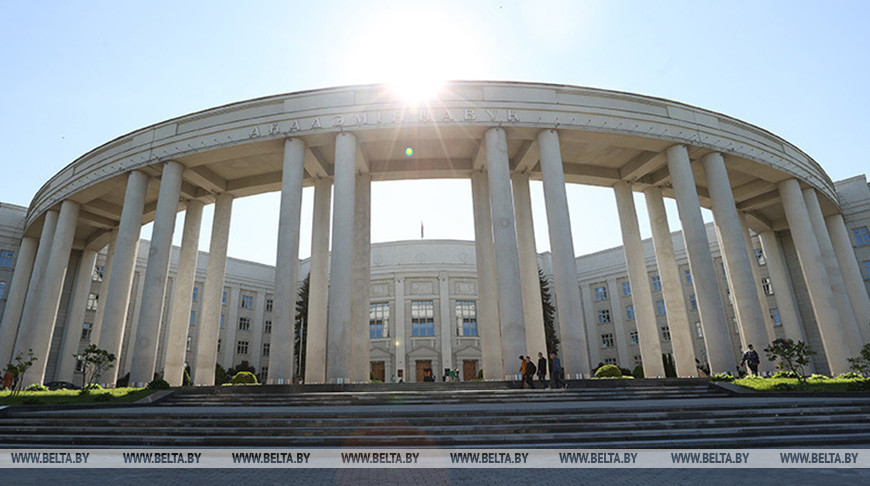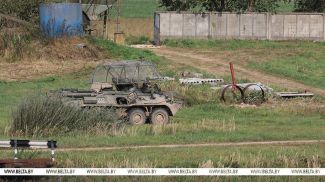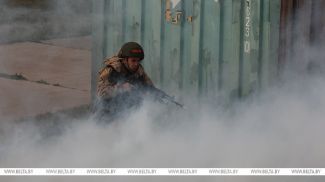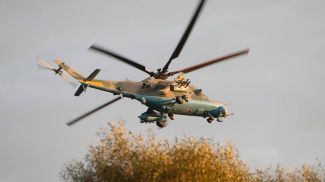
MINSK, 9 October (BelTA) - Scientists of the Kuprevich Institute of Experimental Botany at the National Academy of Sciences of Belarus are completing the work to compile a large-scale vegetation map of the Pripyat Polesie, director of the institute Dmitry Grummo said in an interview with BelTA.
"Polesie is one of scientists’ soft sport. Our team has just returned from an expedition to the Pripyatsky National Park. We are planning to present a large-scale vegetation map for the entire Pripyat Polesie, the fruit of many-years’ labor, next February, on World Wetlands Day. This is the most detailed map in the history of the study of Polesie,” Dmitry Grummo noted.
Next year the institute will also focus on the development of the system of specially protected protected areas in connection with changes in the management regime, on the monitoring of invasive species and on forest losses. The Chernobyl zone is under special control. "We will conduct ground and remote monitoring of the localization of environmental problems (drying out of forests, fires, the spread of invasive species), we will study the dynamics of vegetation cover for the post-accident period and draw up a dynamics forecast," Dmitry Grummo said.
The plans for the next five years include a new zoning of the vegetation cover, taking into account its modern structure, scientific support for the development of tourism in the region, practice-oriented scientific research on the restoration of broad-leaved forests, the creation of systems for ground and remote monitoring of natural ecosystems of Polesie, etc.
"Polesie, one of the gems of our country, should become an example of the rational use and protection of unique natural complexes," Dmitry Grummo said.













